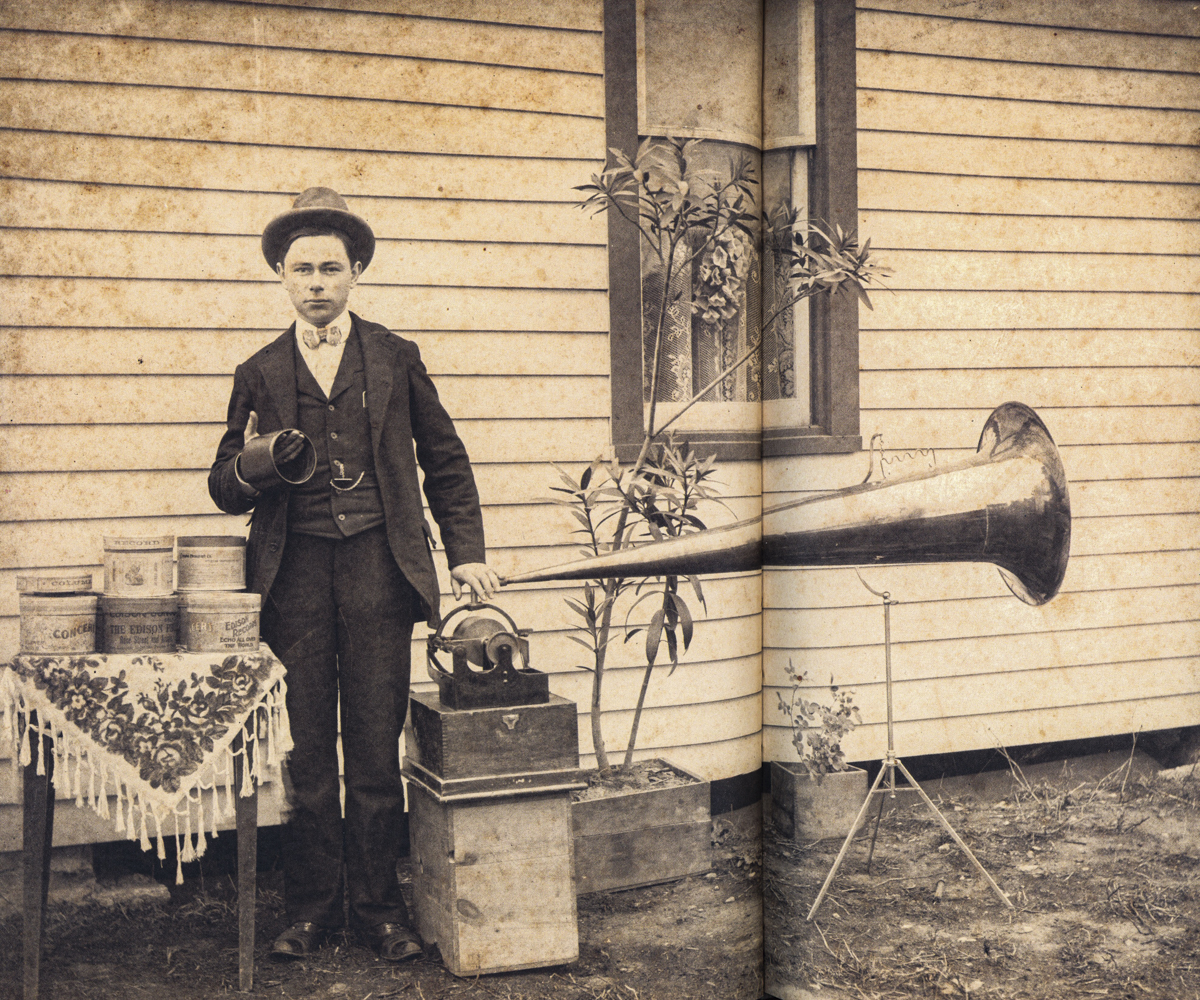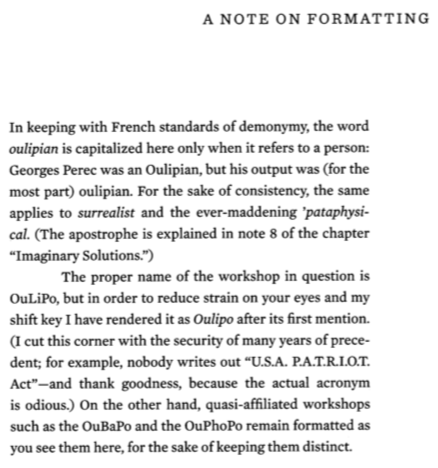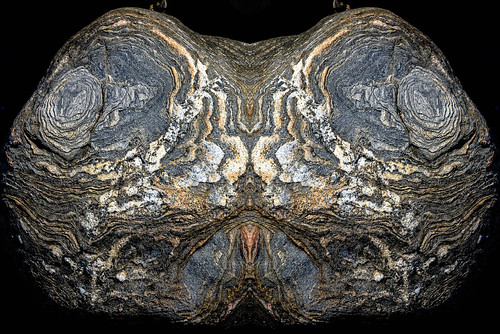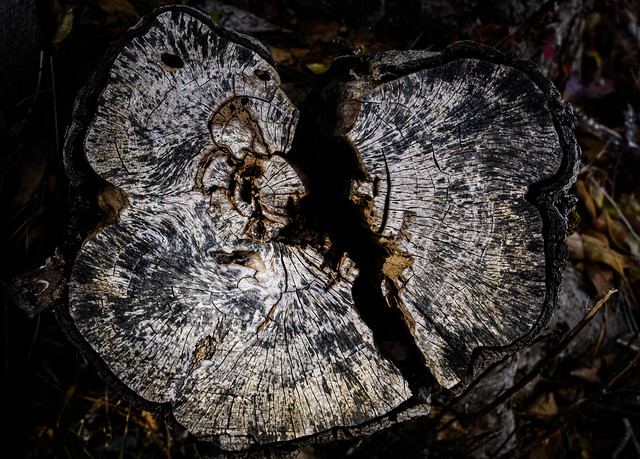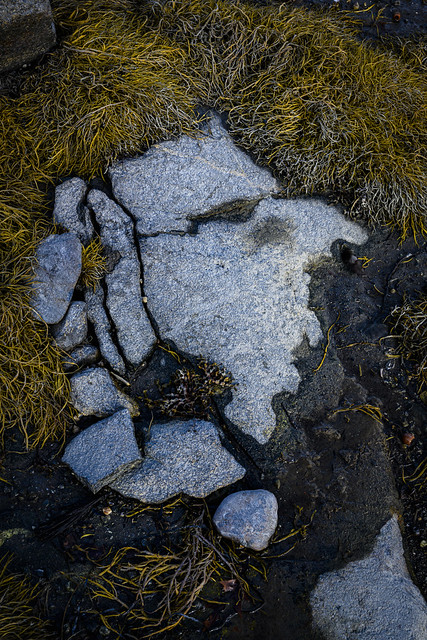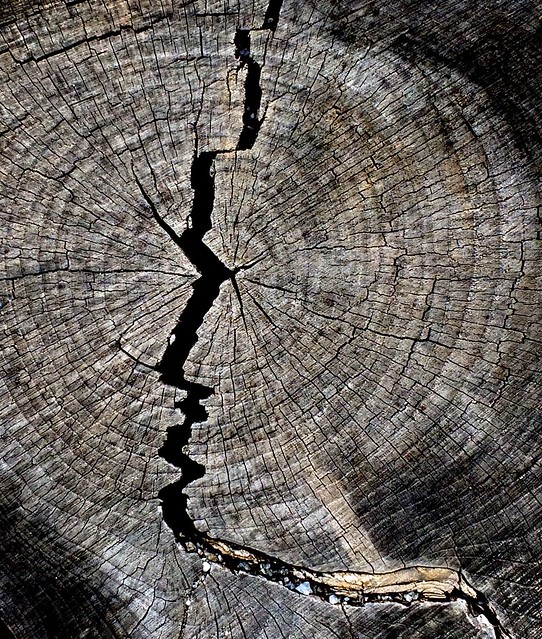“I” (me, my, etc.) figures prominently in this blog and in the thinking that precedes the construction of an entry. This seems a fact to acknowledge, rather than a failing to expunge or an error to vitiate, and reflects the personal nature of its contents, which emerge as a catalog of mental states and doings and projects, mostly quotidian and only occasionally nudging into territory of the sublime or transcendent. The author is no Bodhisattva:
no Bodhisattva who is a real Bodhisattva cherishes the idea of an ego-identity, a personality, a being, or a separated individuality
as Dr. W.Y. Evans-Wentz puts it in his Foreword to the Shambhala 1969 version of The Diamond Sutra.
My citation of Minor White’s dictum
into everything he sees,
identifying himself with
everything
in order to know and feel it better
All photographs are
self-portraits.
Which raises the question of the “self” if every _______ is a self-portrait. Assuming, of course, that there is a self. Or are there more than one “selves?” Nobody seems to agree on any of these possibilities.
Hm. I thought. Well, I’m a self, conscious of constructing myself over a lifetime, in continuing inner dialog that continues to be constructive, and aware that sometime it will all cease. But meanwhile it’s not an illusion, but rather a performance space in which various plays are enacted, alone and with others. I can be self-critical, self-absorbed, self-centered, self-involved… but those are choices made. I can also attend to the broader performances outside my own little theater of the mind, and choose to participate, or not. Choose to display and communicate, or not. Have close alliances with others, or not. Engage with external stimuli and events, or not. That choosing is done from within the wheelhouse of the mind, where attention may be directed as I choose.
And what’s the point of it all? It’s continuously interesting as a story with episodic complexities and pleasures/gratifications. My own performance space is happy, untrammeled, little bothered by slings and arrows of tragedy, suffering, dissatisfaction. In short, felicitous. Just why and how I’m not sure, perhaps more by “luck” and ultimately chance of the initial draw than by any inherent virtue, or any karmic head start.
I am at home in the Sensorium, attentive to Umwelt. The Dude abides.
I can imagine that there might not be “an ego identity, a personality, a being, or a separated individuality” just as I can imagine breathing into my toes, shoulder blades, etc., or that the rocks are peopled. It’s the imagining in which I take refuge.
All of that stuff emerges in the contemporaneous context of reading Madeleine Thien’s Poems Without an ‘I’ in the October 8th issue of NYRB, a review of 3 books on classical Chinese poetry, a subject in which I didn’t know I was interested. She avers that “The essential experience of Chinese poetry is all but untranslatable” (which set off a kerfuffle among linguists) and continues
the dimensionality of the Chinese writing system itself is akin to a forest we walk through (where the trees keep grouping and regrouping as we move among them), rather than a series of twigs arranged on a surface. Cheng observes that the writing system “has refused to be simply a support for the spoken language: its development has been characterized by a constant struggle to assure for itself both autonomy and freedom of combination.” To add to the constellations of meaning within any given poem, the disciplines of poetry, calligraphy, and painting are not considered distinct but rather facets of a single complete art.
Hinton notes that the Chinese language is not constructed around “a center of identity”; each time we see an “I” in a translation of Tang poetry, it was almost certainly not in the original text. Chinese grammar—a genderless and verb-tense-less system in which past, present, and future are inferred by context—allows for a complex blurring of subjectivities, which is not just a side effect but a fundamental aspect of the language. In Chinese poetry, fiction, and philosophy, the “I” is not the nerve center from which thought and knowledge begin.
The whole business of translation has amused me ever since high school Latin, and Thien’s characterization of David Hinton’s approach is elegant:
Hinton’s translations have always gone against the grain. He has been building, translation by translation, an English language for a Chinese conceptual world. His versions get closest to what makes Du Fu sublime for Chinese readers. He isn’t afraid to baffle us; the gaps remind us that we are only guests here, and that the poems do—indeed should—hover a bit beyond our grasp.
So does all this sort out the self/no-self question? Um, no, but it surely puts me on one side of the chasm.
